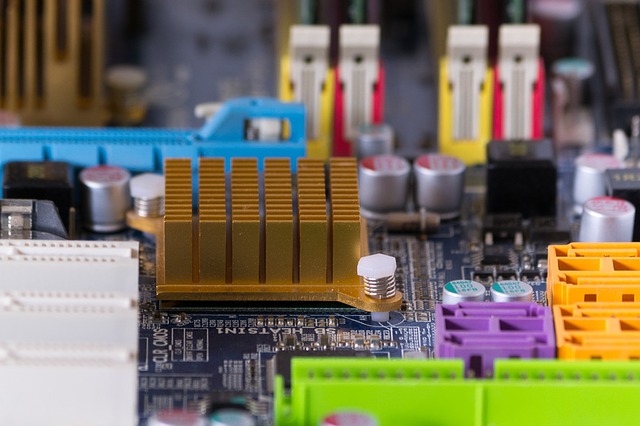
Who wants a faster computer? Everyone, of course. And Intel (NASDAQ:INTC) is making promises to turn this wishful thinking into a reality for everyone. Or at least for all those who own a desktop PC with a Kaby Lake processor and a motherboard with this specific feature: Optane-memory ready.
The big question is: what the heck is Optane memory? Technically, it’s Intel’s high-response low-latency memory module that’s placed between your hard-drive and processor, and will make your computer run faster in every way, from launching to loading and saving.
The primary use of Optane memory is as a cache drive for a traditional spinning hard drive. By adding Optane memory to such drive, one’s PC will perform exceptionally faster as Optane memory increases overall responsiveness, accelerates performance and cuts down waiting time for all of those tasks you want to do. Optane memory makes all this possible by learning and remembering your computing behavior.
Basically, it identifies which your most frequently used files and data are, then stores all of these in the Optane module, making them easily accessible so you can do your tasks faster. Unlike ordinary RAM which forgets what it stores, Optane memory will continue to retain frequently accessed data even after a program has been closed or your PC has been turned off.
Intel claims that with Optane memory, powering up your PC will be twice as fast; overall system performance will be faster by up to 28%; storage performance will be up to 14 times better; launching of apps will be up to 5 times faster for Google Chrome, up to 6 times faster for MS Outlook, and up to 67% faster for some games.
As Intel’s senior vice president and general manager for the Client Computing Group Navin Shenoy said: Intel Optane memory will “enable new levels of PC responsiveness for everything from compute-intensive engineering applications to high-end gaming, digital content creation, web browsing and even everyday office productivity applications.”
As it is, about 79% of desktop computers still make use of hard disk drives for primary storage. While this may address storage issues (because some hard drives do have an enormous storage capacity), it makes the system slower and less responsive. And the more data is stored in the hard drive, the slower the computer becomes. This is what Intel Optane memory is for. It doesn’t serve as a replacement for anything. Rather, it functions as an add-on: a high-speed cache drive that makes data more easily accessible, thus resulting in an overall faster response.
Preordering is now ongoing and Optane Memory will be officially available from April 24 onwards in 16GB and 32GB sizes at $44.00 and $77.00 respectively. By the second quarter of the year, PC makers like Acer, Asus, Dell, HP and Lenovo are expected to ship some of their products with Intel’s Optane memory already installed.
- Bulenox: Get 45% to 91% OFF ... Use Discount Code: UNO
- Risk Our Money Not Yours | Get 50% to 90% OFF ... Use Discount Code: MMBVBKSM
Disclaimer: This page contains affiliate links. If you choose to make a purchase after clicking a link, we may receive a commission at no additional cost to you. Thank you for your support!


Leave a Reply